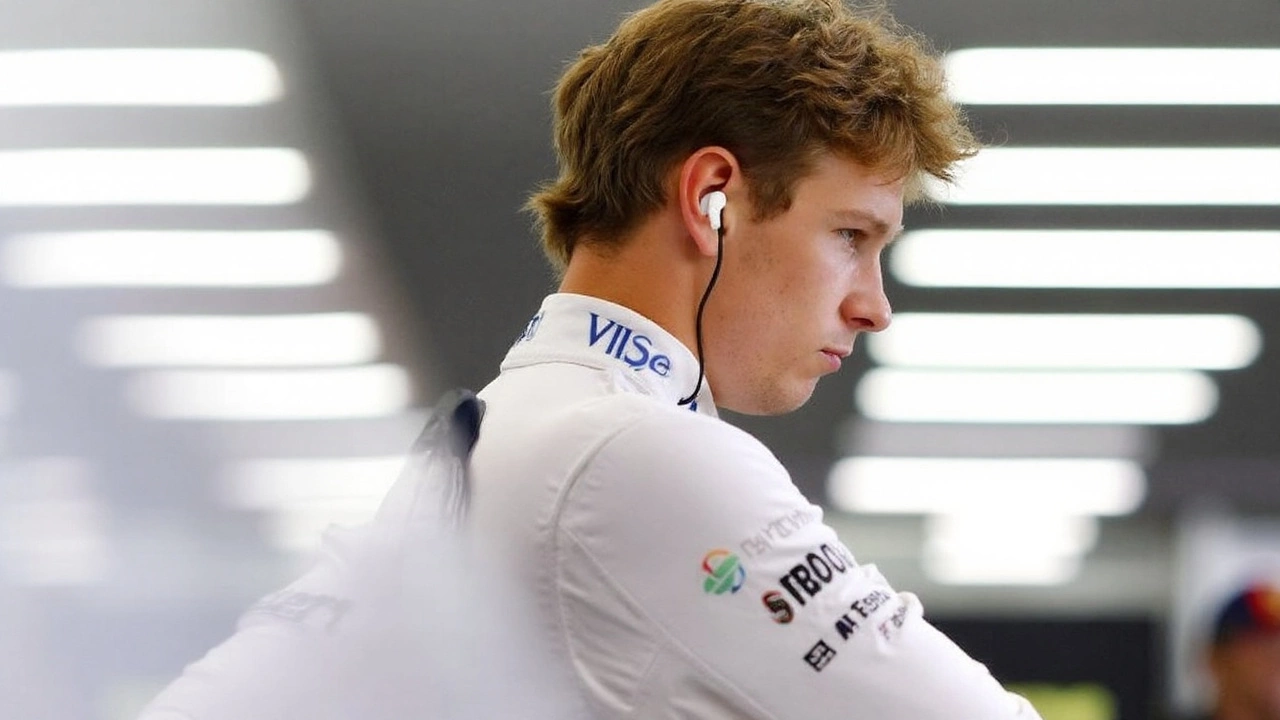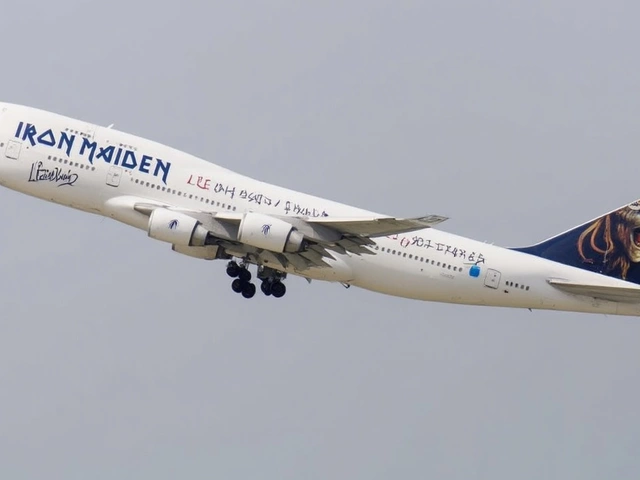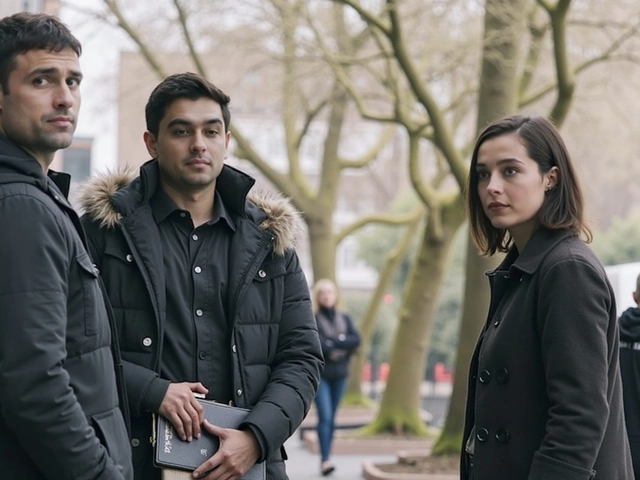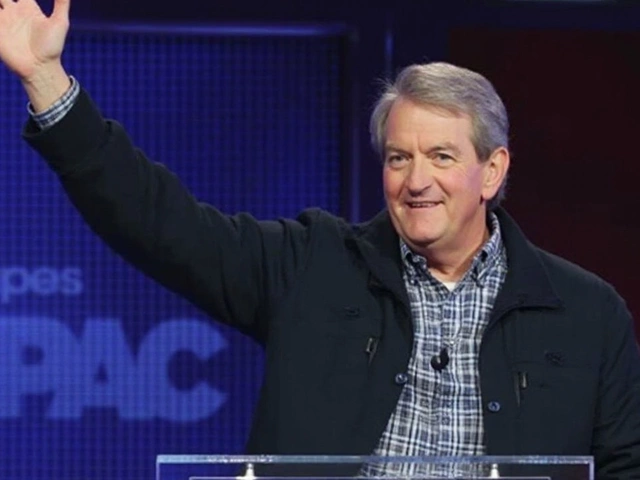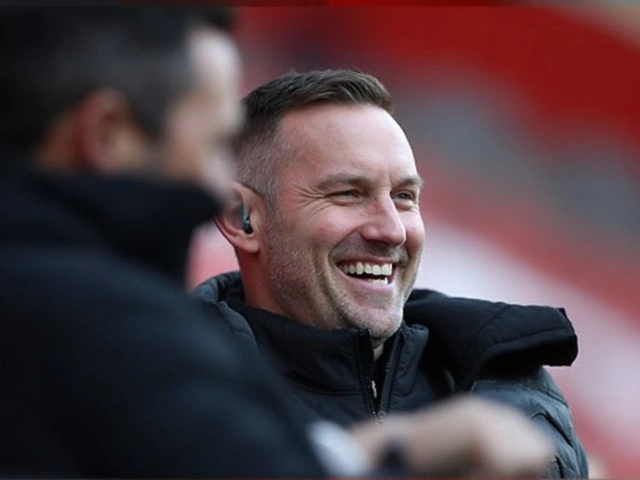A brutal promotion, a bruising fall
Two races. That’s how long the dream lasted for Liam Lawson at Red Bull Racing. The 23-year-old New Zealander arrived in 2025 with the seat every junior eyeing the Red Bull ladder wants: partner to Max Verstappen, replacing Sergio Perez. On paper, it fit. Within the Red Bull camp, Christian Horner talked up Lawson’s ceiling, even if his raw experience lagged behind Yuki Tsunoda. The thinking was clear: back the higher upside now, reap the reward later.
The reality hit hard. The RB21 didn’t bend to Lawson’s style, and the stopwatch didn’t lie. He dipped out in Q1 at both opening rounds and then qualified last twice in Shanghai. The gap wasn’t just about pace—it was also about feel. He looked lost on corner entry and timid on power, the tell-tale signs of a driver fighting the car rather than leaning on it. Confidence drained away fast, and once that goes in Formula 1, everything else unravels.
Red Bull pulled the ripcord. After just two grands prix, Lawson was sent back down to the junior squad, now branded Racing Bulls. Tsunoda was brought up to steady the ship alongside Verstappen. Horner called the move a “duty of care,” a rare phrase in a paddock that usually prefers cut-and-dry decisions. Helmut Marko went further: the team “made a mistake” in promoting Lawson so early—11 grands prix into his F1 career—before he’d hardened his edges in the midfield.
That stung, but it wasn’t new territory for Red Bull. This system is a pressure cooker by design. Daniil Kvyat was moved aside mid-season in 2016. Pierre Gasly was demoted from Red Bull in 2019. Nyck de Vries lost his ride in 2023 after 10 races. The program pushes, and it moves on quickly. Survive it, and you come out sharper. Struggle, and the exit comes fast.
Lawson knew that better than most. He earned his first F1 points as a stand-in back in 2023, scoring at Singapore and giving AlphaTauri (as Racing Bulls was then known) a lift when Daniel Ricciardo was injured. He finished runner-up in Japan’s Super Formula in 2023 as well, which is usually a good stress test for adaptability. Those earlier shows of composure are part of why Red Bull fast-tracked him. But the step to the senior team came with a car window so tight that any mismatch in technique—brake release timing, mid-corner rotation, throttle pick-up—was punished.
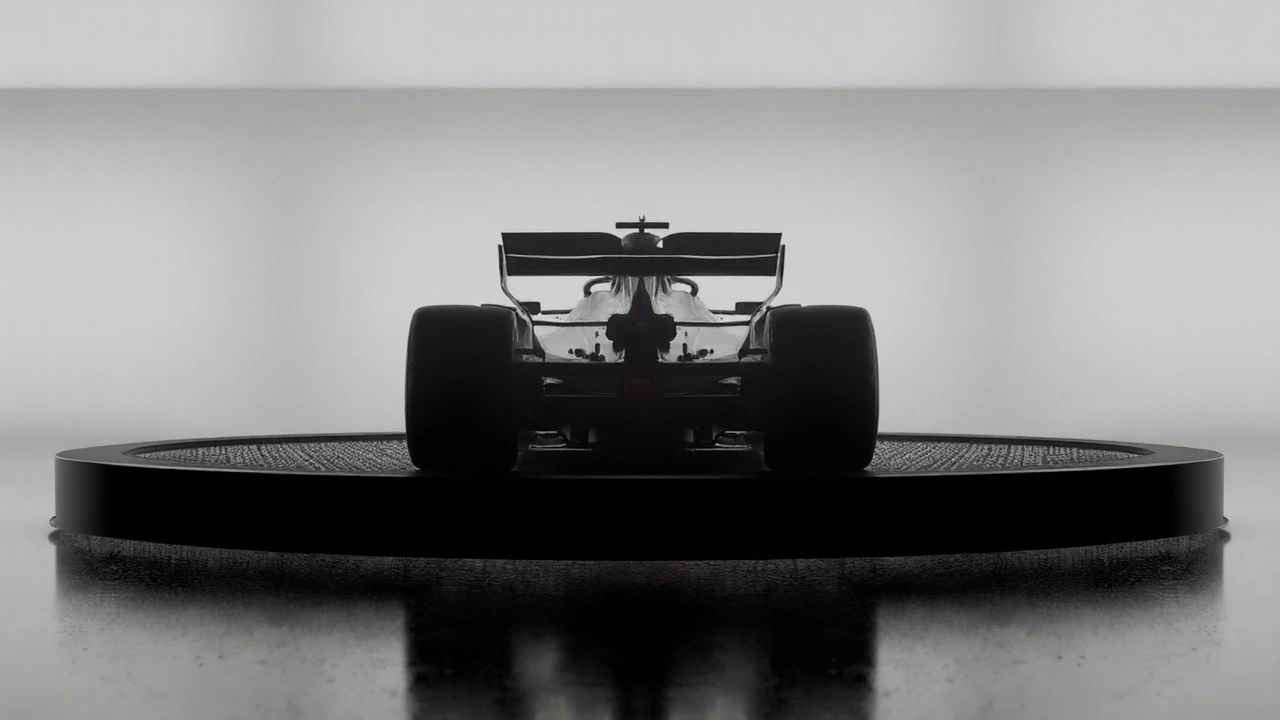
The rebuild, the numbers, and the 2026 question
Back at Faenza with Racing Bulls, Lawson had to start again. The first weekends were scrappy. A strategy misread left him 17th on return. He picked up penalties in Bahrain after tangling with Lance Stroll and Nico Hülkenberg. Points looked distant, and the paddock noise grew louder: had the Red Bull short stint taken more than pace from him?
Then came Monaco, the calendar’s harshest mirror. It rewards perfect Saturdays and error-free Sundays, and it exposes any hesitation. Lawson nailed qualifying well enough to put himself in play and turned that track position into P8, helping teammate Isack Hadjar land P6. That mattered. He wasn’t just quick; he was constructive—covering off undercuts, pacing the car in clean air, and not losing his head when the race rhythm got messy. When a driver under pressure stops over-trying and starts managing, you notice.
Austria kicked the door a bit wider: a career-best sixth underlined the Monaco hint. Straight-line efficiency and brisk change-of-direction at the Red Bull Ring can flatter a tidy package, but you still have to execute the lap. Lawson did, especially in traffic, where he judged DRS timing and battery deployment like a veteran. Belgium and Hungary brought back-to-back P8s, which sounded routine but weren’t. The Hungaroring is narrow, traction-sensitive, and hot on tires. Holding off Max Verstappen there, even in a damaged or compromised stint, takes discipline. You cover the inside, vary apex speeds, manage exits, and never give the pursuer the same look twice. Lawson did the basics right for long enough to cash the points.
Step back and the pattern is clear. Once he could qualify somewhere near the top 10, the Sundays took care of themselves. That had been his hallmark in junior series and in Super Formula: set a baseline on Saturday, then build. The early-2025 Red Bull stint broke that link. The Racing Bulls run restored it.
What changed? People around the garage point less to some big upgrade and more to small, repeatable wins. Cleaner warm-up laps in qualifying. Braking references that rarely moved. A front end that finally rotated without spiking rear temperatures. These are boring fixes that make fast drivers look calm again. When the car’s balance lands in the window, you stop chasing it and start racing.
It helped that the team framed his reset the right way. Racing Bulls put him next to Hadjar, fresh from an FIA Formula 2 runner-up campaign, and let the partnership gel. Monaco showed Lawson would play the team game when it counted. Austria showed he could cash a big Sunday. Hungary showed he could fight uphill without overdriving. There’s no magic in that trio of weekends, just a driver rebuilding trust in his tools.
Even so, the clock is loud. Lawson’s deal runs to the end of 2025, and Red Bull is already sketching its 2026 plans. That’s the rules reset that will shuffle everything—new power units, different aero balance, likely fresh priorities on energy recovery and drag. Teams want drivers who adapt in a hurry. They also want predictability across 24 races and six sprints. If you’re on the bubble, nothing beats a steady drumbeat of points.
Inside Red Bull’s structure, there are a few paths. Stay at Racing Bulls as an anchor for development into 2026. Fight his way back into the senior team if a seat opens and his qualifying trendline keeps rising. Or position himself as the plug-in option if Red Bull needs flexibility during the first season of the new rules. All depend on one thing: more Saturdays like Monaco, fewer like the shaky start of 2025.
There’s also the history. Red Bull promotes on peaks, not averages. Sebastian Vettel got the nod on crunch performances. Max Verstappen’s leap was built on flashes that blew the doors off in a short span. The inverse is true, too: mid-season changes have gone against drivers who couldn’t turn speed into results fast enough. Lawson’s current run—Austria P6, Belgium P8, Hungary P8—counts as signal, not noise, but he needs more of it, especially at circuits that stress different skills.
Look at what those tracks ask from you:
- Monaco: put the car within millimeters and avoid mistakes. Track position is king, and mistakes cost a fortune. Lawson banked P8.
- Austria: manage high-speed direction changes, exploit DRS trains, and keep the battery fresh for the right moves. He finished P6.
- Belgium: balance low-drag efficiency with confidence through the middle sector. Another P8.
- Hungary: protect tires and cover divebombs into Turn 1 and Turn 2. He held a faster car behind and took P8.
That’s a decent portfolio. It shows repeatable habits that matter in the midfield: smart energy use, clean exits onto DRS zones, and a bias for risk only when the numbers say it’s worth it. It also hints at the next frontier: converting Q2 into Q3 with more regularity. In modern F1, starting 10th is often worth two or three places in race trim compared with starting 13th. The tires suffer less, the traffic is kinder, and strategy gets simpler.
What about his time at the senior team—was it doomed from the start? Probably not, but it was always going to be brutal. That car was built around a narrow balance point that Verstappen masters. You need supreme confidence on the brake release and a feel for load transfer that you can’t fake. Lawson had neither in those early weeks. Add the pressure of replacing a proven race winner and the glare that comes with a Red Bull seat, and you get a spiral. The demotion closed that chapter before it wrecked the whole book.
Marko calling the promotion a mistake sounds harsh, but the subtext matters. It wasn’t a verdict on talent. It was a verdict on timing. The team hit fast-forward on a driver still syncing with F1 race weekends, then hit pause to stop the bleed. In a program that moves this quickly, a “duty of care” call is as close as you’ll get to a safety net.
Zoom out to the bigger grid picture and the stakes get clearer. The 2026 reset will shuffle the midfield, where Racing Bulls expects to live. Factory packages will change character. Energy deployment, lift-and-coast rhythms, and straight-line speed targets will shift. Drivers who learn new rhythms quickly will be gold. Lawson’s junior résumé—comfortable across European F3, F2, and Japan’s Super Formula—says he can adapt. His first half of 2025 says he sometimes needs a few weekends to settle. Red Bull will decide which line matters more.
There’s also the teammate effect. Hadjar arriving with momentum from F2 keeps internal standards high. If Lawson edges qualifying more often and maintains the race craft that has stabilized his Sundays, he firms up his seat. If the delta swings the other way, Red Bull’s history suggests they won’t wait long. The warning signs are on the wall because they always are in this system.
What should Lawson do now? Keep the car in the setup window earlier in the weekend, trust the baseline, and avoid the trap of chasing the final tenth with changes that cost three. Keep banking points even when the car is a handful. And when a big Saturday is on, take it. Peaks open doors in this organization.
None of this erases how tough those first two races were. But it does explain why Monaco mattered as much as it did. It wasn’t just the first points of the year. It was proof that when the pressure was highest and track position was everything, Lawson didn’t blink. Austria and Hungary turned that spark into a pattern.
His future? Still tightrope stuff. Contract up at the end of 2025. A senior team that rates his talent but won’t wait forever. A junior team that needs a lead driver as 2026 nears. The path is there, though. Keep qualifying inside the top 10 more often than not. Keep scoring. Keep showing the calm he brought back after the demotion. If he does, the conversation flips from rescue to reward.
F1 can be cruel. It can also be simple. Perform now, and the rest takes care of itself. Lawson has started to do that again. How long he keeps the run going will decide where he lands when the music stops for 2026.
